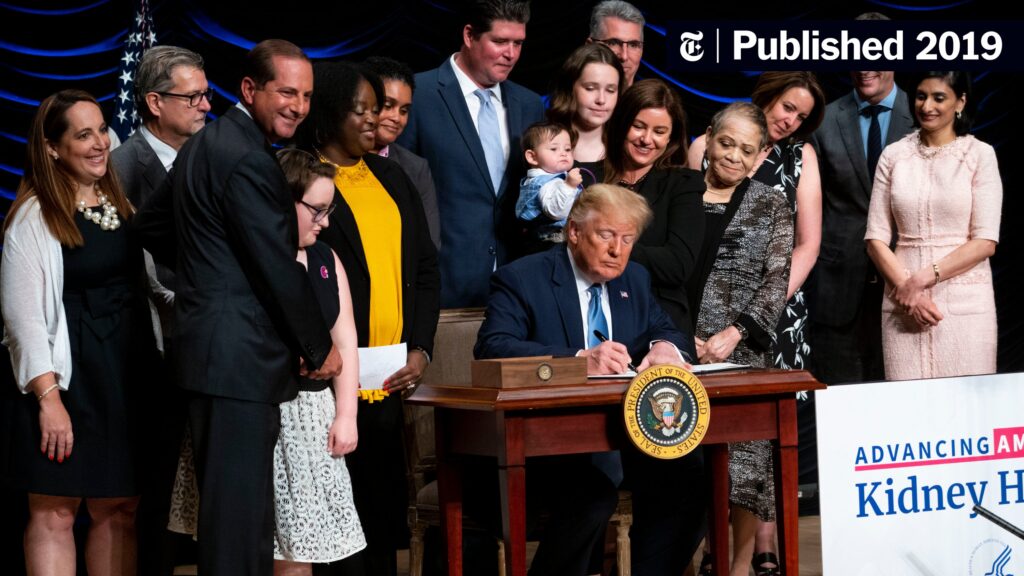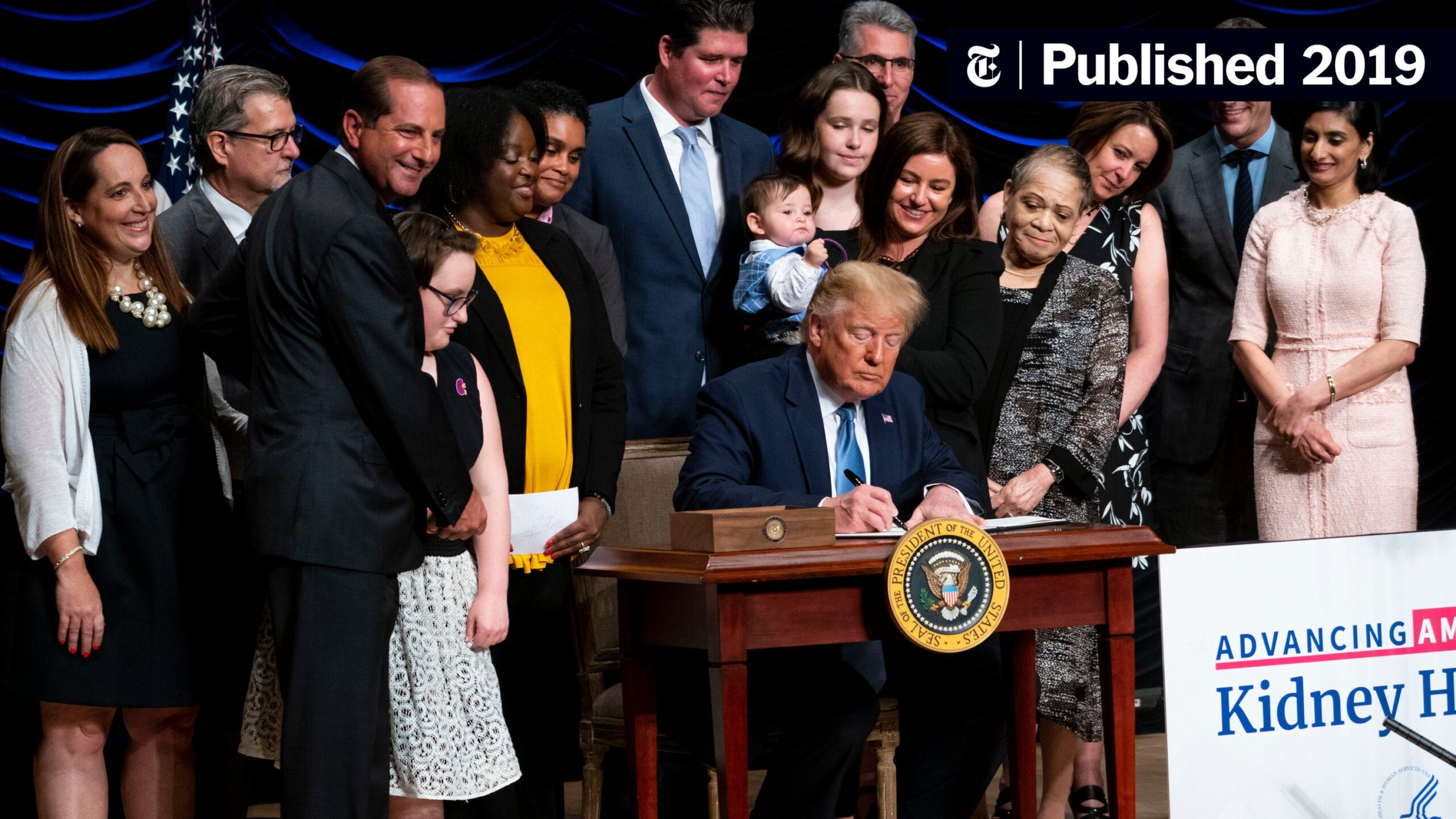
Trump’s Unfulfilled Promise: Examining Efforts to Lower Drug Prices
During his presidency, Donald Trump repeatedly vowed to significantly lower drug prices, a promise that resonated with many Americans struggling to afford their medications. He often criticized pharmaceutical companies and pledged to take on the industry’s powerful lobbying efforts. However, despite numerous executive orders and policy proposals, the actual impact on drug prices remained limited and largely unfulfilled. This article delves into the various initiatives undertaken by the Trump administration to lower drug prices, analyzes their effectiveness, and explores the reasons behind their shortcomings.
The Rhetoric vs. Reality of Lowering Drug Costs
From the outset, lowering drug prices was a central theme in Trump’s political messaging. He frequently accused pharmaceutical companies of “getting away with murder” and promised to bring down costs to levels comparable to those in other developed nations. This populist appeal resonated with voters across the political spectrum, many of whom faced skyrocketing prescription drug costs.
However, translating campaign rhetoric into tangible policy changes proved to be a significant challenge. While the Trump administration introduced several initiatives aimed at lowering drug prices, their impact was often diluted by loopholes, legal challenges, and resistance from the pharmaceutical industry. Ultimately, the administration’s efforts fell short of delivering the sweeping changes promised.
Key Initiatives to Lower Drug Prices
American Patients First Blueprint
In May 2018, the Trump administration unveiled the “American Patients First” blueprint, a comprehensive plan outlining various strategies to lower drug prices. This blueprint included proposals such as increasing competition, negotiating better prices for Medicare, and reducing out-of-pocket costs for patients. However, many of these proposals required congressional action, which proved difficult to achieve in a divided political landscape.
Most Favored Nation Rule
One of the most ambitious proposals was the “Most Favored Nation” rule, which aimed to tie the prices Medicare pays for certain drugs to the lower prices paid in other developed countries. This proposal faced strong opposition from the pharmaceutical industry, which argued that it would stifle innovation and reduce investment in research and development. The rule was eventually blocked by courts before it could take effect.
Drug Importation
The Trump administration also explored the possibility of allowing the importation of prescription drugs from Canada and other countries where prices are lower. While this proposal garnered some support, it also faced concerns about safety and feasibility. The FDA issued a final rule in 2020 allowing states and pharmacies to propose importation programs, but its implementation remains uncertain.
Rebates and Discounts
Another area of focus was the complex system of rebates and discounts that exist between pharmaceutical companies, pharmacy benefit managers (PBMs), and health insurers. The administration proposed a rule to eliminate rebates paid to PBMs, arguing that these rebates incentivize higher list prices. However, this rule was ultimately withdrawn due to concerns about its potential impact on premiums.
Why Trump’s Efforts Fell Short
Several factors contributed to the limited success of the Trump administration’s efforts to lower drug prices. These include:
- Industry Opposition: The pharmaceutical industry wields significant political and economic power, and it actively lobbied against many of the administration’s proposals.
- Congressional Gridlock: Many of the proposed reforms required congressional action, which was difficult to achieve given the partisan divisions in Congress.
- Legal Challenges: Several of the administration’s initiatives faced legal challenges from pharmaceutical companies and other stakeholders.
- Complexity of the Drug Pricing System: The drug pricing system in the United States is incredibly complex, with multiple layers of intermediaries and conflicting incentives.
Despite the challenges, some argue that the Trump administration did raise awareness of the issue of high drug prices and laid the groundwork for future reforms. [See also: Biden Administration Drug Pricing Policies] However, the overall impact on drug prices during his presidency was relatively limited.
The Impact on Consumers
The failure to significantly lower drug prices had a direct impact on American consumers, many of whom continue to struggle to afford their medications. High drug costs can lead to patients skipping doses, delaying treatment, or foregoing necessary medications altogether. This can have serious consequences for their health and well-being.
The Kaiser Family Foundation has consistently found that a significant percentage of adults report difficulty affording prescription drugs. This problem is particularly acute for individuals with chronic conditions, those with low incomes, and those who are uninsured or underinsured.
The Future of Drug Pricing Reform
The issue of high drug prices remains a pressing concern for policymakers and the public. While the Trump administration’s efforts fell short of expectations, the issue is now firmly on the political agenda. The Biden administration has pledged to continue working to lower drug prices, and several proposals are currently under consideration in Congress. [See also: Current Legislative Efforts on Drug Pricing]
Potential solutions include allowing Medicare to negotiate drug prices, increasing competition from generic drugs, and capping out-of-pocket costs for patients. However, any meaningful reform will likely require overcoming significant political and economic obstacles.
Conclusion: A Missed Opportunity to Lower Drug Prices?
Donald Trump’s promise to lower drug prices was a central theme of his presidency, yet his administration’s efforts ultimately fell short of delivering the sweeping changes promised. While several initiatives were introduced, their impact was often limited by industry opposition, congressional gridlock, and legal challenges. The failure to significantly lower drug prices had a direct impact on American consumers, many of whom continue to struggle to afford their medications.
The issue of high drug prices remains a critical challenge for policymakers, and future reforms will be necessary to ensure that all Americans have access to affordable medications. The Trump administration’s experience serves as a reminder of the complexities and challenges involved in tackling this issue.
While the promise to significantly lower drug prices was largely unfulfilled, the debate surrounding drug pricing reform has undoubtedly been amplified. The next chapter in this ongoing saga will likely involve continued legislative efforts, regulatory changes, and ongoing negotiations between stakeholders in the healthcare industry. The ultimate goal remains the same: to ensure that life-saving medications are accessible and affordable for all Americans. It is important to continue examining the implications of different policy approaches and to learn from the successes and failures of past efforts, including those of the Trump administration, in order to forge a path toward a more equitable and sustainable healthcare system. The need to lower drug prices is as urgent as ever.
Ultimately, the legacy of Trump’s efforts to lower drug prices is a mixed one. While he brought attention to the issue and initiated some reforms, the overall impact was limited. The challenge of making prescription drugs more affordable remains a significant one, and it will require sustained effort and collaboration from all stakeholders to achieve meaningful change. The goal of lowering drug prices is crucial for improving access to healthcare and ensuring the well-being of all Americans.

